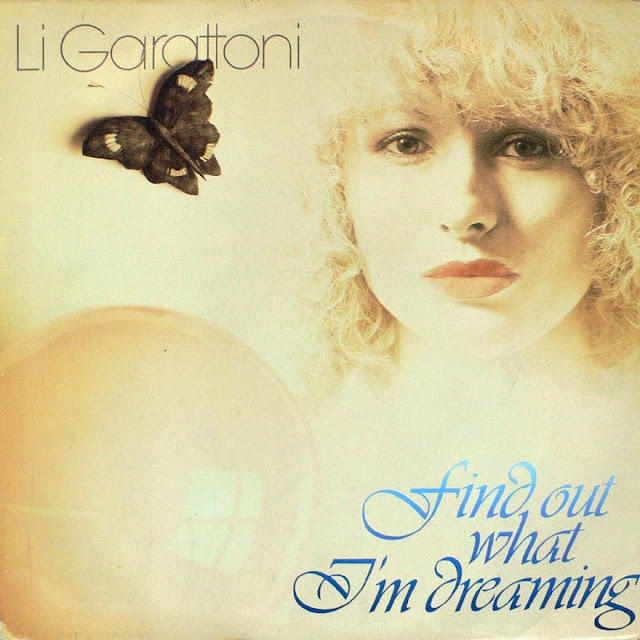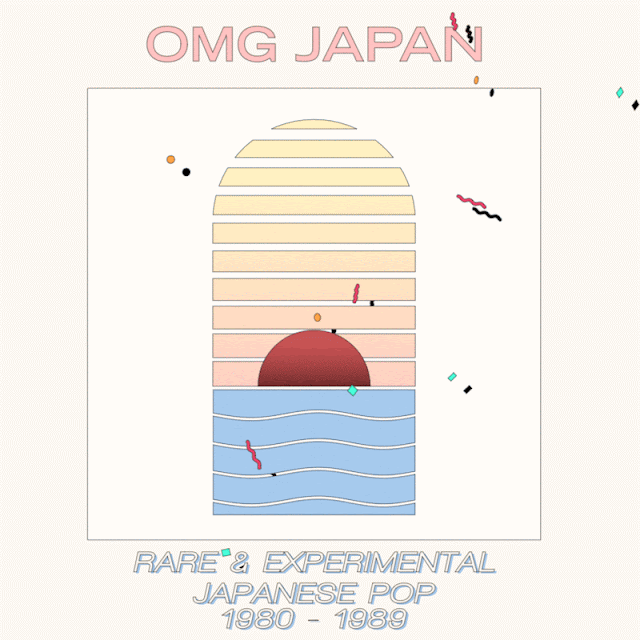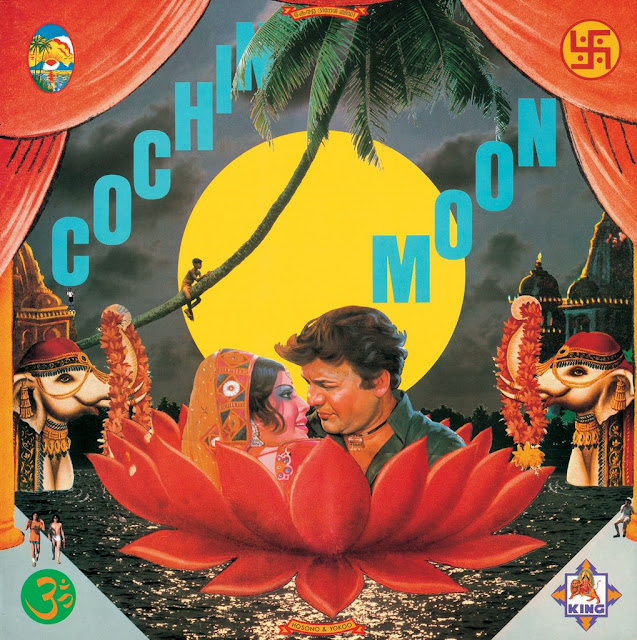
A rare example of a Japanese jazz-fusion record that’s aged well. Kimiko Kasai is a jazz chanteuse and songwriter extraordinaire who’s worked with the likes of Stan Getz, Oliver Nelson, and Herbie Hancock (this record is killer if you’re into that sort of thing). Unlike a lot of Tokyo Special‘s contemporaries, the record isn’t front-loaded with single-worthy tracks but instead burns slowly and evenly, from its unhurried but brutally hooky start (“バイブレイション [Love Celebration],” written by Tatsuro Yamashita) to its rolling piano-jam finish (“待ってて [Laidback Mad Or Mellow],” written by Akiko Yano).
Kimiko’s vocals are terrific here, sometimes breathy and pillowy and elsewhere powerful and with admirable range. Even the obligatory slow jams are tastefully produced and never veer into cloying territory–I love “木もれ陽 (Sequoia Forest)” for its heady, misty backing harmonies, judicious use of chimes, and woodblocks that mimic birds and insects. Excitingly, you can hear the pre-city pop and AOR influences taking shape. If you don’t like smooth jazz fusion, I can’t help you. If you do, please step inside.







